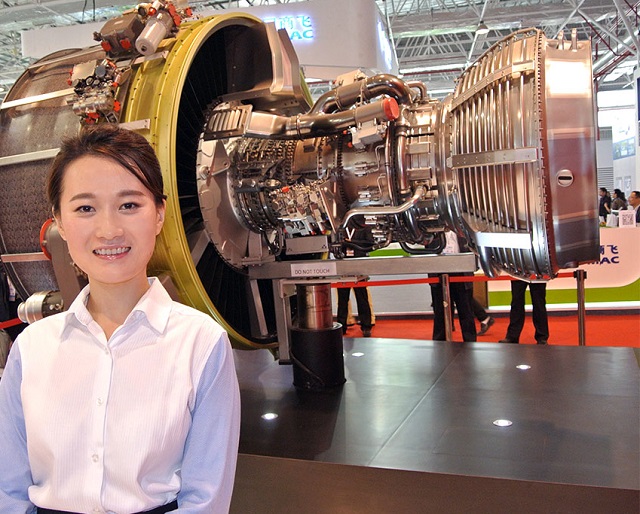Between 2003 and 2013, the number of engineers and scientists living in the US rose from 21.6 million to 29 million; during this same decade, the number of immigrant engineers and scientists went from 3.4 million to 5.2 million.

Per a report from the national Science Foundation’s National Center for Science and Engineering Statistics (NCES), immigrants went from making up 16% to 18% of the engineering and science workforce during this timeframe.
Taking a closer look at the numbers, 63% of the immigrant engineers and scientists were naturalized citizens as of 2013, while 22% were permanent residents, and 15% were temporary visa holders. Also worth noting:
• 57% were born in Asia
• 20% were born in North America (excluding the United States), Central America, the Caribbean or South America
• 16% were born in Europe
• 6% were born in Africa
• Less than 1% were born in Oceania
Per the Asian group, India continues to be the top country of birth for immigrant engineers and scientists — 950,000 out of Asia’s total 2.96 million call India their home. And there are no signs that this trend will slow down any time soon, as the group increased its size between 2003 and 2013 by 85%.
Other groups that have swelled in size during this same time include engineers and scientists from the Philippines, which increased by 53%, and individuals from China (including Hong Kong and Macau), which increased 34%.

Also worth noting from the study is that immigrant engineers and scientists were more likely to earn post-baccalaureate degrees than their US-born counterparts. In 2013, 32% of immigrant scientists reported the highest degree of education they had was a Master’s degree, as opposed 29% of US-born counterparts; 9% had a doctorate, while just 4% of US-born counterparts could say the same.
In terms of the most popular fields of study — engineering, computer / mathematical sciences, and social / related sciences are the top three.
Of this massive, growing group, 80% of immigrant engineers and scientists were employed in 2013, the same amount as their US counterparts. Among the most popular jobs held, 18% worked in computer / mathematical sciences, and 8% worked in engineering. Among the jobs that became more popular during this decade, life scientist, computer / mathematical scientist, and social / related scientist, all saw substantial immigrant employment growth.
This is an overview of the data provided in the report — download the entire document, entitled Immigrants’ Growing Presence in the U.S. Science and Engineering Workforce: Education and Employment Characteristics in 2013.
Via the National Science Foundation
Advertisement
Learn more about Electronic Products Magazine





